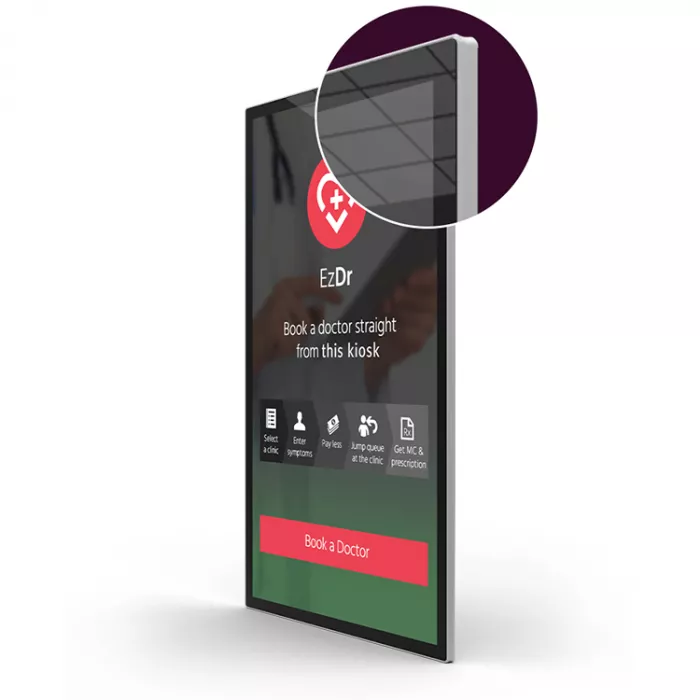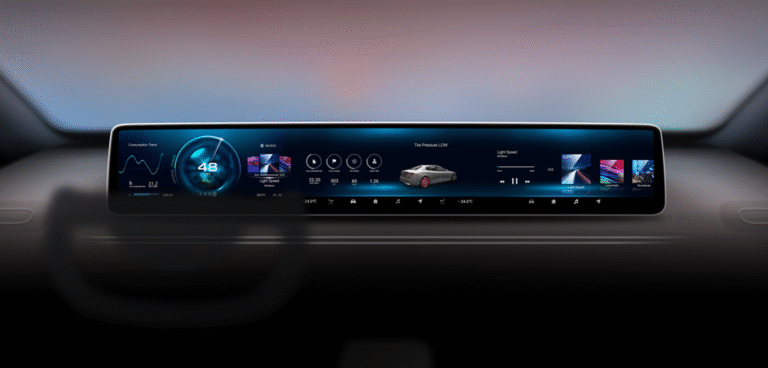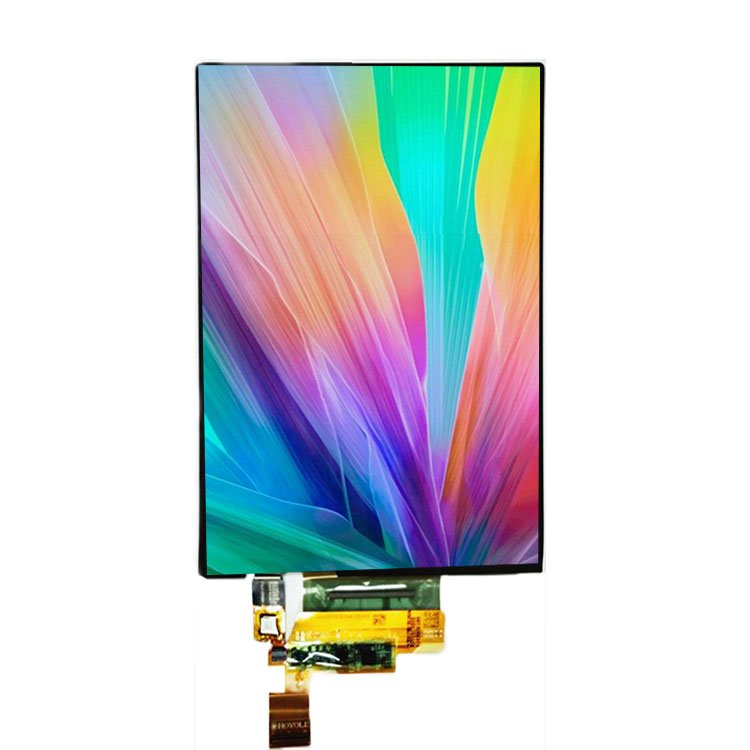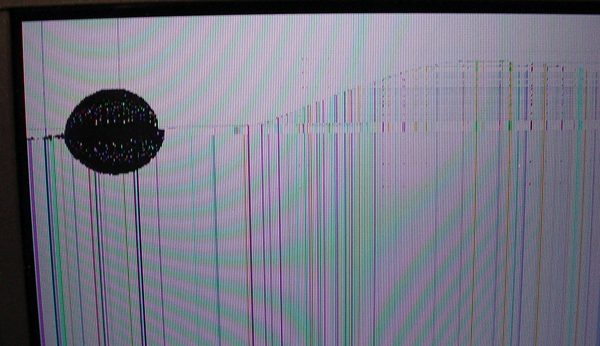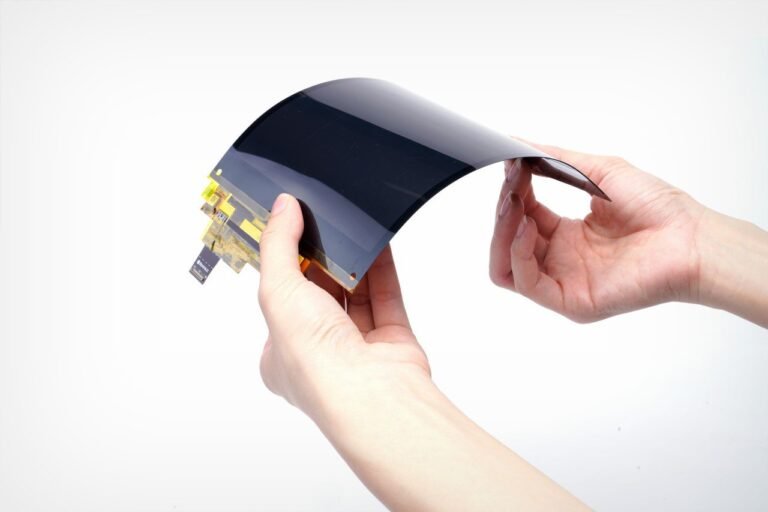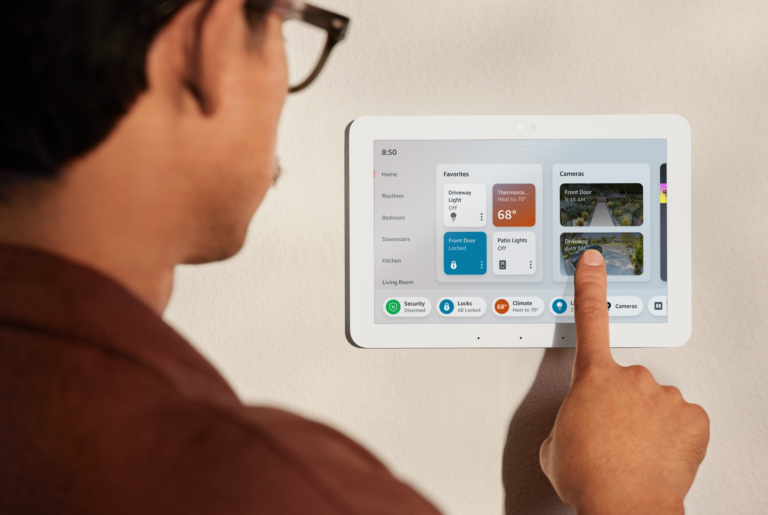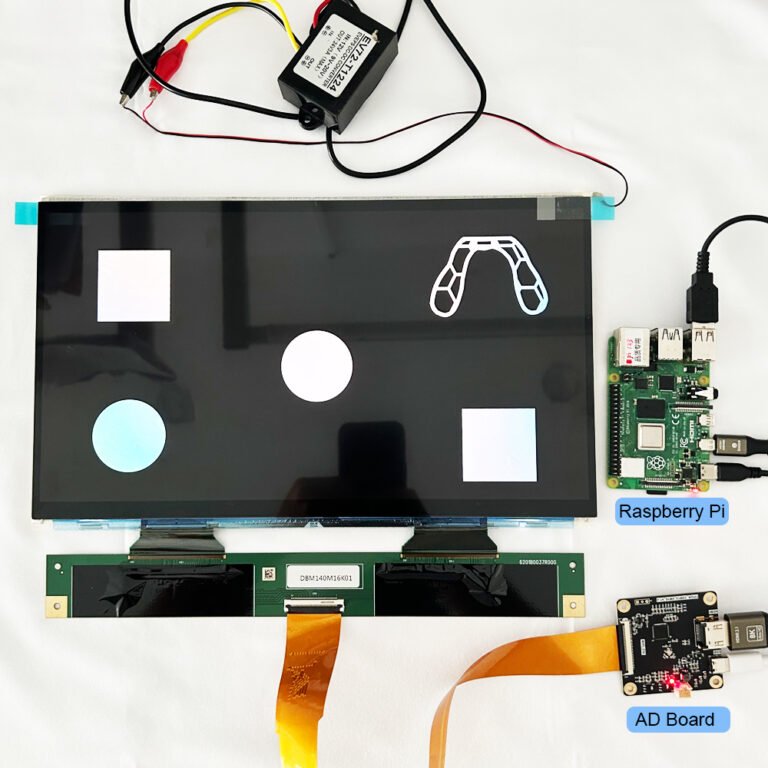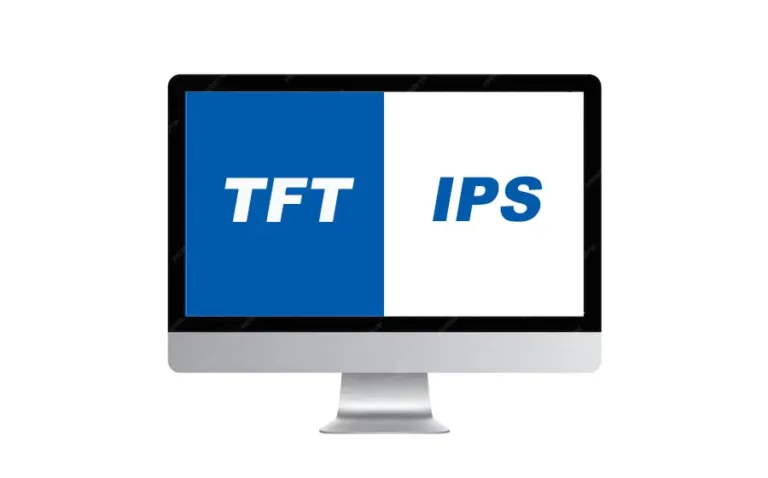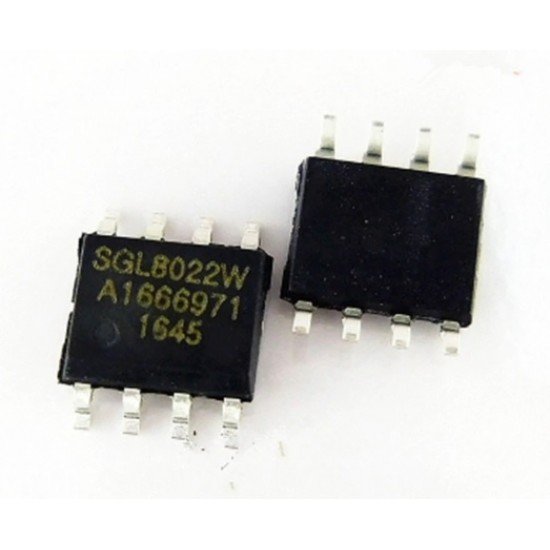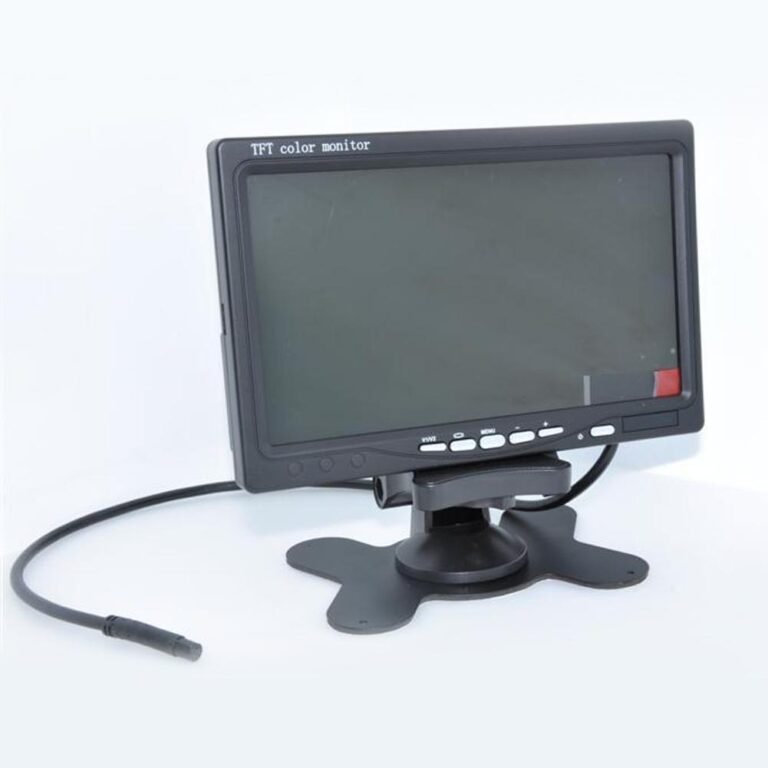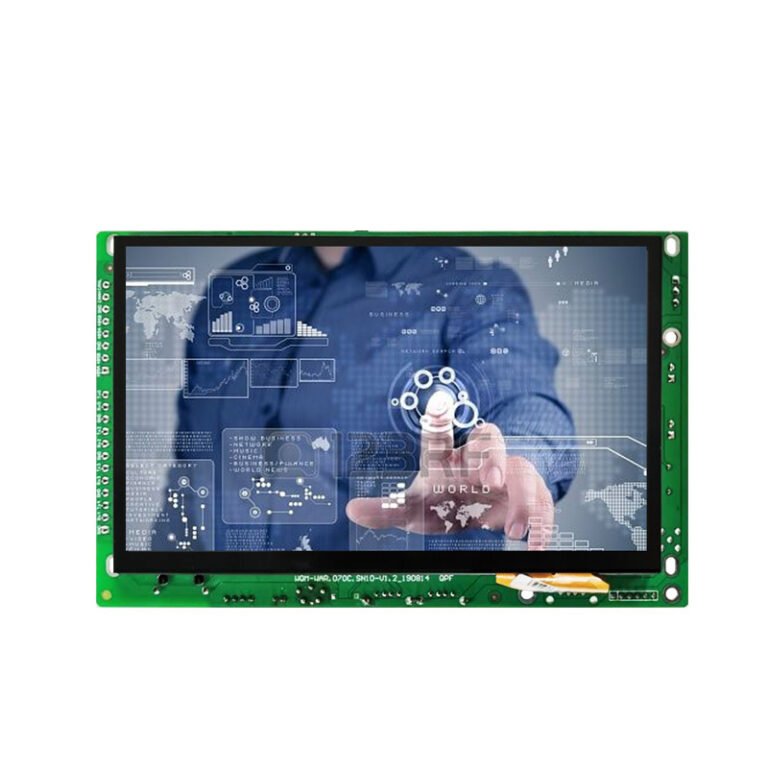What Is a PCAP Touch Screen?
A PCAP touch screen is a display that detects touch input using projected capacitive sensing. The technology involves embedding a transparent grid of conductive material (commonly indium tin oxide, ITO) into the glass surface.
When a finger—or a conductive object such as a stylus—approaches the surface, it disturbs the electrostatic field, allowing the system to calculate the exact touch position. Unlike older technologies, PCAP can:
- Detect multi-touch gestures like pinch, zoom, or rotation.
- Work with thin glass or plastic overlays, making it highly durable.
- Provide fast response times for seamless user experience.
How Does PCAP Touch Technology Work?
The working principle of PCAP touch screens can be broken down into several steps:
- Conductive Grid Creation – A transparent conductive material forms rows and columns of electrodes.
- Electrostatic Field Projection – A constant electrostatic field is projected through the glass surface.
- Touch Detection – When a finger approaches, it causes a change in capacitance at that specific location.
- Signal Processing – The controller board interprets this change and translates it into precise coordinates.
- Software Integration – The operating system processes these coordinates into user interactions such as taps, swipes, and gestures.
This process happens in milliseconds, providing users with a natural, intuitive, and responsive touch experience.
Key Benefits of PCAP Touch Screen Technology
The popularity of PCAP touch screens is driven by their ability to outperform older technologies. Major benefits include:
- Multi-Touch Capability – Supports up to 10 or more touch points, enabling advanced gesture control.
- Durability – Resistant to scratches, impacts, and long-term wear due to toughened glass construction.
- High Optical Clarity – Transparent conductive materials ensure minimal light loss, delivering vivid visuals.
- Precision and Accuracy – Can detect even fine touches or stylus inputs with high resolution.
- Water and Glove Operation – Advanced PCAP systems can work under water droplets or with glove touches, ideal for industrial and medical use.
- Sleek Design – Supports slim bezels and modern device aesthetics.
- Long Lifespan – Unlike resistive screens, PCAP has no moving parts, reducing failure rates.
PCAP Touch Screen vs Resistive Touch Screen
| Feature | PCAP Touch Screen | Resistive Touch Screen |
|---|---|---|
| Touch Detection | Capacitive sensing | Pressure-based |
| Multi-Touch Support | Yes, up to 10+ points | No, single or dual touch only |
| Durability | Scratch-resistant, long lifespan | More prone to wear and tear |
| Clarity | High, >90% transparency | Lower, due to multiple layers |
| Input Method | Finger, conductive stylus, glove (special design) | Any object (finger, stylus, glove) |
| Cost | Higher initial investment | Lower upfront cost |
| User Experience | Fast, smooth, modern interface | Slower, less intuitive |
Clearly, PCAP touch screens offer superior performance for most modern applications, though resistive touch still has a niche where cost or ruggedness is the primary concern.
Applications of PCAP Touch Screens
Consumer Electronics
Smartphones and tablets are the most common examples of PCAP adoption. Their seamless, fluid interactions set the benchmark for all other devices.
Retail and Self-Service Kiosks
Interactive kiosks, digital signage, and vending machines rely on PCAP technology for fast, intuitive customer engagement.
Industrial HMI Systems
In factories and production environments, ruggedized PCAP screens offer operators reliable performance with glove touch functionality.
Medical Devices
Hospitals and clinics deploy PCAP screens in diagnostic equipment and patient monitoring systems due to their high hygiene compatibility and resistance to frequent cleaning.
Automotive Displays
Infotainment systems and dashboard controls in modern vehicles increasingly rely on PCAP displays for their sleek designs and responsive gestures.
Banking and ATMs
Modern ATMs and financial kiosks use PCAP screens to improve usability, reduce maintenance, and enhance durability compared to resistive technology.
Challenges in PCAP Touch Screen Implementation
Despite its many advantages, PCAP technology is not without limitations:
- Higher Cost – More expensive than resistive panels, which may limit adoption in low-cost applications.
- Environmental Sensitivity – Extreme environments (dust, water, or electromagnetic interference) can impact performance.
- Glove Compatibility – While advanced PCAP supports glove use, cheaper versions may not.
- Complex Integration – Requires precise calibration and quality controller boards to ensure performance.
Future Trends in PCAP Touch Screen Technology
The future of PCAP touch screens is promising, with innovations making the technology more versatile:
- Flexible PCAP Displays – Integration into curved or foldable surfaces.
- Haptic Feedback Integration – Simulating tactile sensations for enhanced interaction.
- Edge-to-Edge Glass Designs – Ultra-slim bezels for premium aesthetics.
- AI-Enhanced Touch Recognition – Differentiating between intentional and accidental touches.
- Energy Efficiency Improvements – Reducing power consumption for longer battery life in mobile devices.
- Outdoor-Readable Displays – Better brightness and anti-glare features for public kiosks and vehicles.
Why Partner with a PCAP Touch Screen Solution Provider?
When implementing PCAP technology in industrial or commercial products, selecting the right partner is crucial. An experienced solution provider offers:
- One-Stop Service – From PCAP panels to controller boards, cables, and integrated display modules.
- Customization – Tailored solutions in size, resolution, touch sensitivity, and glass thickness.
- Certifications – Compliance with ISO, CE, RoHS, and other global standards.
- Scalability – Ability to deliver both small prototype batches and large production runs.
- After-Sales Support – Consulting, troubleshooting, and product lifecycle management.
Such partnerships ensure not only quality hardware but also system-level optimization for maximum performance.
Conclusion: The Role of PCAP in the Future of Displays
From smartphones to industrial control systems, PCAP touch screens are redefining human-machine interaction. Their multi-touch capability, durability, precision, and sleek aesthetics make them the go-to technology for industries requiring intuitive, reliable, and future-ready interfaces.
As innovations such as flexible panels, haptics, and AI-driven recognition advance, PCAP will remain at the forefront of display technology. Businesses that adopt PCAP solutions now will be better positioned to deliver modern user experiences, reduce maintenance risks, and enhance competitiveness.
For enterprises seeking a reliable partner in PCAP touch screen solutions, the choice is clear: invest in a technology provider that combines customization, quality, and end-to-end support.


